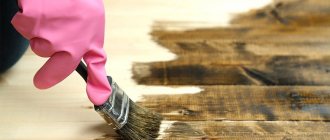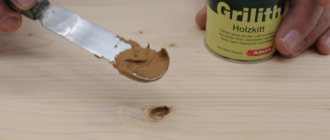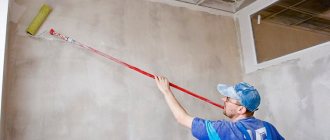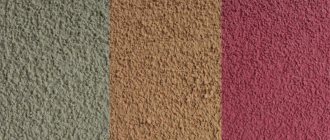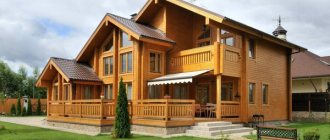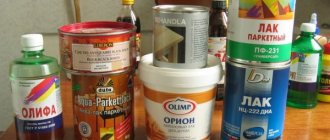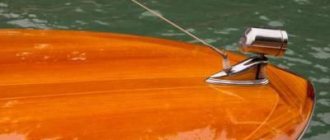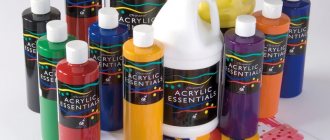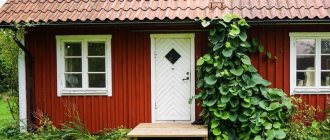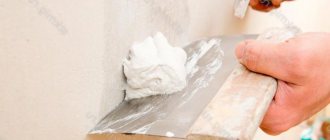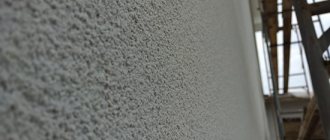When working with wooden surfaces, you can’t do without putty. It helps to hide irregularities, pits, and depressions that can remain even after the most thorough sanding. During restoration and when decorating wooden furniture, it is needed. It is also needed to hide the joints between the wooden floor elements.
The putty must have characteristics of adhesion, hardness, softness, and degree of moisture absorption that correspond to the properties of wood. Otherwise, if it gets deep into the wood through a gap in the solid wood, for example, it will turn into a deforming factor and split the board. It is always worth purchasing a special putty.
Why were so many of its types invented?
There are different types of wood putty, and there is plenty to choose from. It is important not to get confused and buy the best one. You can accidentally apply it incorrectly, make a mistake if you don’t have the skill, or a diploma in acquiring a construction specialty. Errors will have to be eliminated, which means additional deformation of the original structure.
If the putty is not particularly suitable, after a few months you will have to start working again. This cannot continue for long, of course. Wooden elements will soon simply become unusable.
Furniture restoration, repairs, and decor creation is a creative process. An amateur should be able to cope with the task. Manufacturers, of course, take this into account when creating finishing materials. The work will progress, the result will be wonderful.
Correcting defects will not be difficult, the wood will not be damaged if you spend a little more time shopping, study the options that are on sale, new items and long-familiar items. Which wood putty is best? This will tell you the composition, properties, characteristics.
Acrylic putty
The fragile, thin sheet of plywood and timber require delicate handling and call for careful actions. Natural materials help create a magical atmosphere; you don’t want to break this connection or change the surface topography.
Acrylic putty is elastic, ideal for eliminating defects such as small cracks. Easy to apply in a thin layer. Created on a water basis, environmentally friendly, safe. It is used for processing smooth wooden surfaces and for eliminating cracks at the junction of parquet slabs, between boards.
The classic version of acrylic putty is a white paste. It is sold ready-made, you just need to mix it and get to work. The white color may perhaps be a minus. It is completely irrelevant when you want to emphasize that the material is still wood.
In this case, you can choose a new product, an invention of recent years, tinted acrylic putty. It’s not a problem to find the appropriate shade by looking at a photo of wood putty.
Criterias of choice
When choosing a putty material, you should proceed from the following criteria:
- maximum level of adhesion (the ability of the coating to adhere to finishing materials);
- elasticity (this quality simplifies the application of the composition and subsequently prevents cracking of the coating);
- quick drying;
- environmental safety;
- when it comes to finishing, the fractions of the mixture should be as small as possible - this will allow you to get a thin and smooth layer when puttying.
Note! The surface for wallpapering must be smooth, without any significant defects. When it comes to painting or varnishing, the wall must be perfectly flat. There should be no grooves or dried pieces of material on the surface.
Latex putty
This variety is characterized by very high rates of adhesion - the ability to stick to a surface. Ideal fixation is also ensured by its softness. Latex putty will not crack when impacted or pressed on two different elements of a single structure made of wood.
In other words, the parquet will last a little longer, and you can safely rest on a tabletop made of two boards. Also, as in the case of acrylic putty, you can choose the appropriate shade, which is also a significant advantage.
This characteristic of wood putty, such as a high degree of adhesion, is very important when working with surfaces located at an angle. Latex putty will not drain if the joints between wooden boards located on the ceiling are processed.
It can be used instead of glue. It is convenient, practical, and profitable from a financial point of view, although it is more reliable to use glue, of which there are many varieties.
Making putty at home
You can make your own putty using PVA glue and chalk.
You can make your own wood putty. However, experts do not recommend doing this, since some types of wood are sensitive to chemicals. Homemade formulations can ruin them.
Popular recipes:
- With PVA glue . Mix equal parts PVA and crushed chalk. You can use some fine sawdust to fill cracks.
- With chalk . In the recipe, chalk is used as the main component. Acrylic varnish to match the wood is carefully added to it until a thick paste is obtained. Add a little sawdust to improve application.
- Complicated recipe . The main one is 300 g of flaxseed oil. To it add 70 g of oleoresin oil, 30 g of gelatin, 40 g of perlite powder, 30 g of casein, 22 g of borax, 28 g of ammonia 18% and 350 g of water. First, mix the oils and perlite powder, then add water. When the mixture becomes homogeneous, pour in the remaining ingredients and heat to 90 degrees.
Valera
The voice of the construction guru
Ask a Question
When using homemade putties, you can get unpredictable results. Before use, all homemade recipes are tested on a cleaned and primed piece of wood that requires puttying. It needs to be allowed to dry completely.
Epoxy putty
This variety is made on the basis of epoxy resins - safe substances with unique properties. It has a high degree of resistance to moisture. This is an ideal wood putty for exterior use.
With its help, you can correct defects in a wooden window frame, fence boards, or wooden swings. It is even used for the restoration of yachts and boats.
If you need wood putty for interior work, most often you choose acrylic. Epoxy is a little more difficult to work with; it has a different consistency. It takes more effort to mix the mixture in the jar.
On the other hand, it does not dry out so quickly. It is suitable for doors and floors. You can’t also apply stain to it, so sometimes it’s not relevant.
Review of manufacturers
European and Russian brands produce universal putties and wood products:
- Tikkurila . The company offers a large selection of ready-to-use products that can be diluted with water. Can be used without additional paint. Some putties give a shade of mahogany, oak, pine or beech.
- Eurotex . The brand’s compositions perfectly eliminate minor defects and are suitable for subsequent painting. They dry quickly and adhere firmly to the surface, creating a matte layer.
- "Belinka". The putties are made in 6 “woody” shades, dry quickly and are easy to use. They have virtually no odor and are well suited for treating large areas.
- "Rainbow". The product has high mechanical strength and minimal shrinkage. Dries in 3-4 hours at temperatures up to 22 degrees.
- "Bolars." Finishing putties are used for external and internal work in the temperature range from -40 to +60. One of the best frost resistance indicators on the market.
When choosing a putty for wood processing, one is guided by the tasks that it must solve and the operating conditions of the object. You need to give preference to well-known brands, buy products in places where they can present certificates for them.
Oil putty for wood
This putty has a simple composition and excellent properties. It is resistant to moisture, copes well with its main task - filling cracks and other irregularities. It is easy to apply and sand.
It is used both for external and internal work, but it takes a long time to dry. You need to pay attention to the weather if you are leveling the surface of fence boards, for example. Oil based wood putty is available in different shades.
Putty technology
To apply the putty composition you will need the following tools and equipment:
- container for powdered composition;
- a pair of spatulas (one narrow, the other wide);
- spray gun (for spraying liquid solution);
- sandpaper.
Before distributing the main part of the composition, we inspect the surface for the presence of large cracks and seams. If there are any, first we cover them. We cover very large seams with sickle tape. This will reduce material consumption and avoid additional cracking. We place the tape on the dried base layer, and go over the finishing putty on top.
We proceed to the main part of puttying the wooden surface. Scoop up the solution with a smaller spatula and spread it onto the larger one. Apply the composition from top to bottom from the corners. The thickness of the first layer should be 2-3 millimeters. No matter how carefully the solution is applied, after the coating dries, stripes will still remain on it. We remove them with a sharp spatula or sandpaper. The thickness of the finishing layer is up to 1.5 millimeters.
Advice! The finishing putty should be thinner than the starting putty. It is more convenient to apply the liquid mixture using a spray gun.
When the finishing coat is completely dry, sand it again. For plaster, oil and acrylic, dry sandpaper is suitable, but to clean nitro putty, soak the abrasive in turpentine or water.
Polymer putty
The water base makes working with polymer putty easy. Everything is easy to do, anyone can handle the task. It is not suitable in some cases though. It should not be used to treat surfaces made of very soft woods, such as cork, or, conversely, very hard ones, such as oak.
It is valued because with it you can forget about shrinkage of the putty layer. This is very good quality. To eliminate large gaps between boards and not only for this, it is worth choosing it.
